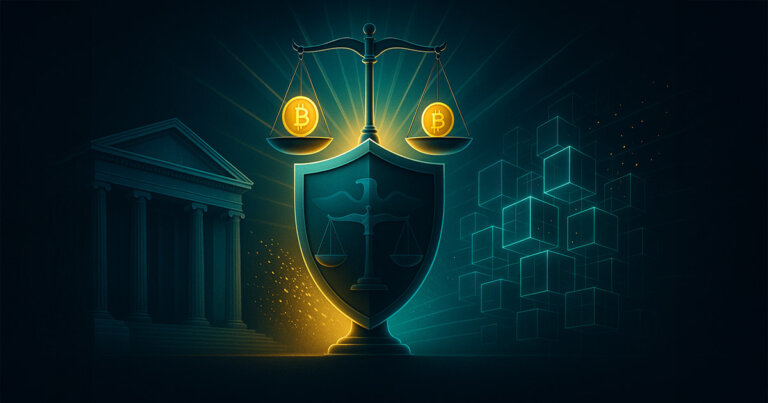Vice Chair of the Federal Reserve Michelle Bowman acknowledged that cryptocurrency companies have faced disruptions in banking services due to regulatory uncertainty.
At a blockchain seminar in Wyoming on August 19, Bowman also announced a fundamental shift in the Federal Reserve's attitude towards blockchain innovation.
She revealed that the Federal Reserve removed the "reputational risk consideration" from bank regulation at the end of June to eliminate barriers for financial institutions providing services to legitimate digital asset companies.
The Federal Reserve official stated, "The (cryptocurrency) industry you are in has long faced numerous obstacles due to banking regulators adopting vague standards, issuing conflicting guidance, and making inconsistent regulatory interpretations."
Bowman emphasized that banks should not face penalties for serving legitimate clients and pointed out that client choice decisions "are entirely within the purview of bank management," rather than being interfered with by regulators.
Additionally, she mentioned that the Federal Reserve has shifted from an "overly cautious mindset" to begin supporting the traditional banking system in embracing blockchain technology.
She warned that regulators must choose between "establishing a technological framework" and "allowing innovation to completely bypass banks," the latter of which could undermine the economic relevance of the banking sector.
Currently, the Federal Reserve is updating its review manuals and regulatory materials to ensure the long-term implementation of the "removal of reputational risk" policy.

Bowman proposed four core principles guiding the Federal Reserve's new direction for digital asset regulation.
"Regulatory certainty" is the primary principle, aimed at addressing the industry's concerns about "lack of clear regulatory standards leading to hesitance in investing in blockchain development."
Bowman questioned whether companies would still choose to collaborate with banks if they knew that doing so would involve regulatory uncertainty, rather than turning to alternatives outside the banking system.
"Targeted regulation" constitutes the second principle, requiring regulators to assess application scenarios based on specific circumstances rather than regulating based on "worst-case" assumptions.
The Federal Reserve must recognize the unique differences between digital assets and traditional financial instruments while avoiding a one-size-fits-all approach that fails to address actual risk situations.
"Consumer protection" is the third principle, ensuring that customer-facing products comply with existing consumer protection regulations, including prohibiting unfair, deceptive, or abusive practices.
The digital asset regulatory framework must incorporate the Bank Secrecy Act and anti-money laundering requirements while maintaining the safety and soundness standards of banks.
"U.S. competitiveness" forms the final component of the framework, aiming to position the U.S. as a leading global innovation destination. Bowman warned that without establishing a reasonable regulatory framework, the long-term leading position of the U.S. in the fintech development field could be at risk.
Bowman announced that the Federal Reserve's "innovation regulation" efforts will be reintegrated into the Reserve Bank review teams, restoring the regular regulatory process for bank innovation activities.
She proposed allowing Federal Reserve staff to hold a small amount of digital assets to gain a deeper understanding of how blockchain operates, comparing this necessity to practical learning rather than theoretical learning.
Editor’s note: This marks a stark shift from the previous stance of the U.S. government, particularly the position of former SEC Chair Gary Gensler. Gensler, who taught university-level blockchain courses at MIT, admitted that he had never held any digital assets and had never personally executed a trade, meaning he had never engaged with blockchain using his own funds.
The Federal Reserve recognizes that tokenization helps accelerate asset ownership transfers while reducing transaction costs and settlement risks. Bowman pointed out that banks of all sizes, including community institutions, can benefit from the efficiency gains brought by asset tokenization technology.
Furthermore, she emphasized that the passage of the GENIUS Act and the president's signature have positioned stablecoins as an important component of the financial system, which has far-reaching implications for traditional payment channels.
Bowman called for industry participation to help regulators understand the ability of blockchain to solve more problems beyond existing application scenarios.
She specifically requested the industry to provide insights on how to leverage new technologies to combat fraud, viewing this as an important opportunity for collaboration between the Federal Reserve and the digital asset space.
Bowman concluded by summarizing that in building a more modern and efficient financial system, innovation and regulation complement each other rather than being in opposition.
免责声明:本文章仅代表作者个人观点,不代表本平台的立场和观点。本文章仅供信息分享,不构成对任何人的任何投资建议。用户与作者之间的任何争议,与本平台无关。如网页中刊载的文章或图片涉及侵权,请提供相关的权利证明和身份证明发送邮件到support@aicoin.com,本平台相关工作人员将会进行核查。




